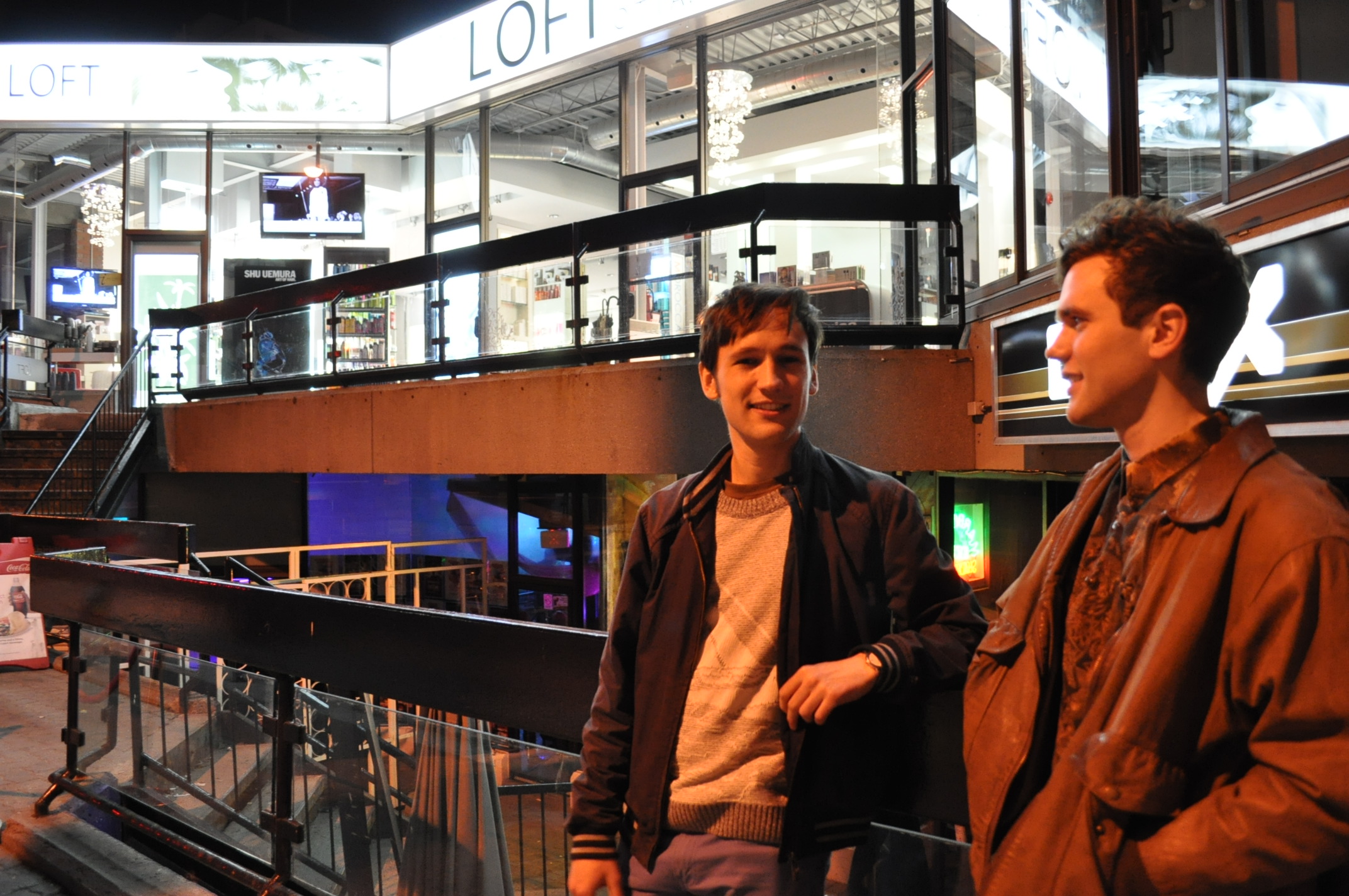I’m sorry to say that tomorrow night will be Flamingo’s last dance.
Not knowing if I could blame Sleep Country on this one, I decided to head over with a friend to the Last Flamingo Pop Night to see for myself. I had a blast. What an amazing drag queen performance!
If you don’t have any plans, tomorrow night is the club’s official Last
Dance Party. Your last chance before the disco balls are taken down and the
doors closed forever.


I had the opportunity to talk to Sebastian Provost, the owner and manager of Flamingo. I wanted to know why he was closing, where he was going and if, by some miracle, it would be in the Village. I found out that the decision to close Flamingo was a business one: the club was high end, catering to a niche demographic that just wasn’t coming en masse (my sentiment exactly about the Village.) The business model simply wasn’t profitable. Queers of Ottawa: come out, come out wherever you are and party! Spend your dollars drinking in Ottawa.
Provost did a survey recently to find out what people are into: they want to spend less money and they want consistency. Makes sense. The good-humoured Provost will provide, so don’t mess it up the second time around, Ottawa: by Pride, we should be partying in a new club. He wouldn’t tell me where, however. I vote for the Village.
We’re fortunate that Provost loves this town, that he will stay, and that he actually listens and caters to our likes and dislikes. He will adapt to his clientele’s wishes while maintaining high-quality performances and music. In the meantime, we can expect to see him curating parties and soirees around town for girls and boys. I’ll be there. And I wish him the best of luck; his presence has already spiced up the queer scene in town.
A photo of Sebastian Provost, owner and manager of Flamingo.
I talked to two boys outside the club and asked them how they felt about Flamingo’s closing. They said they weren’t surprised. For them, the club was too expensive, which echoed Provost’s words about catering to a niche market that simply wasn’t there. The thing is: Ottawa is one of the richest cities in the country.
It’s got the highest average income per household, mainly due to the high salaries of its civil servants and the services that cater to the government. How is it that queer Ottawans will not drop a few extra bucks of their disposable incomes for an amazing night out?
It boggles the mind that queers in Toronto or Montreal (both cities
have lower average incomes per household) are willing to pay extra for great
performances, good music and an edgy atmosphere while those in Ottawa won’t — even though, relatively speaking, they are better able to afford it.
I pass this question on to you folks. Is it because a) after working hard in an office, on a chair, in front of a computer, we go to sleep instead of out to town? We go to house parties because we can’t afford clubs? We’d rather go to Mercury Lounge than a queer club? We make babies – not dance moves?
The two gentlemen I spoke with outside Flamingo.


 Why you can trust Xtra
Why you can trust Xtra


